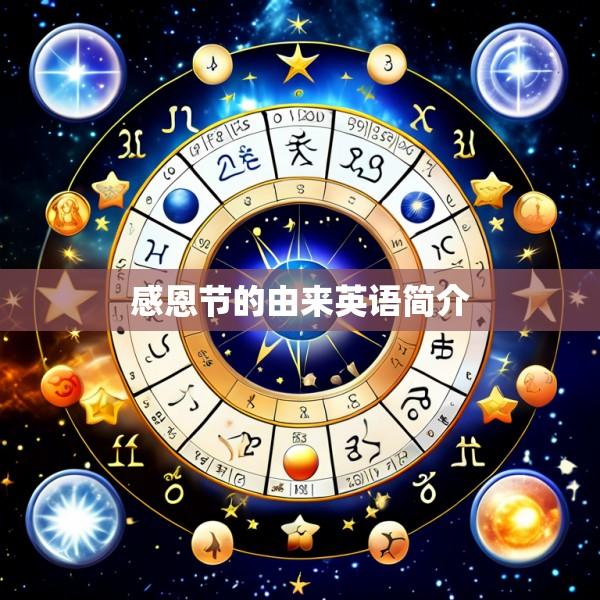Thanksgiving Day is a quintessentially American national holiday deeply intertwined with the nation’s earliest history. It is observed annually on the fourth Thursday of November, bringing together families and friends to celebrate gratitude, unity, and the harvest season.
The tradition traces its roots to 1620, when a group of English Separatists, later known as Pilgrims, embarked on the Mayflower voyage from Plymouth, England. Seeking religious freedom and a fresh start, they endured a grueling twomonth journey across the Atlantic. Upon arrival in November, they settled in Plymouth Plantation—an abandoned Native American cornfield in presentday Massachusetts.
The first winter in the New World was catastrophic. Over half of the Pilgrims perished from starvation, epidemics, and exposure to the harsh elements. Those who survived faced an uncertain future, relying entirely on the generosity of the local Wampanoag tribe for survival. In the spring of 1621, the Wampanoag—led by a man named Squanto—taught the Pilgrims essential survival skills: how to cultivate corn, beans, and pumpkins; how to fish in local rivers; and how to hunt game. Their guidance transformed the Pilgrims’ struggling settlement into a viable community.

When the autumn harvest of 1621 yielded an abundant crop—far exceeding their expectations—the Pilgrims decided to host a feast to express their profound gratitude. They invited the Wampanoag tribe, who arrived with an estimated 90 members (a surprising number given the Pilgrims’ dwindled population of fewer than 50). The threeday celebration featured a feast of venison, wild turkey, goose, duck, and other waterfowl; seafood such as clams, lobsters, and cod; and locally grown vegetables like squash, pumpkins, and beans. The feast also included pumpkin pudding (an early precursor to pumpkin pie) and was accompanied by games, races, and storytelling.
This 1621 gathering is widely regarded as the first Thanksgiving celebration, symbolizing the alliance between the Pilgrims and the Wampanoag. While subsequent Thanksgivings varied in date and scale over the next 150 years, the core theme of gratitude—toward both divine providence and community—remained constant. In 1789, President George Washington issued a proclamation declaring a national day of thanksgiving, and in 1863, President Abraham Lincoln formalized the fourth Thursday of November as an annual holiday. This decision, influenced by writer Sarah Josepha Hale’s decadeslong campaign, solidified Thanksgiving as a unifying national tradition.
Today, Thanksgiving is celebrated with family reunions, a roasted turkey centerpiece, pumpkin pie, and reflections on blessings. It serves as a reminder of the nation’s origins, the importance of gratitude, and the enduring value of unity between diverse communities.
